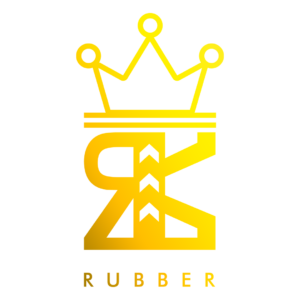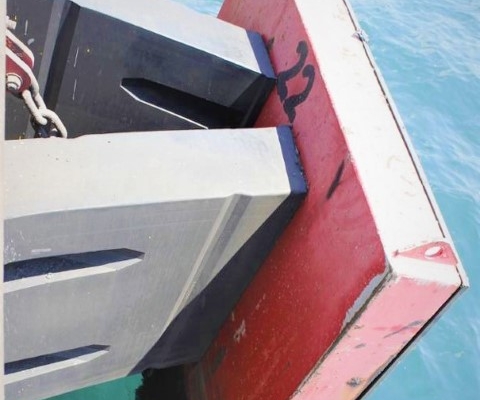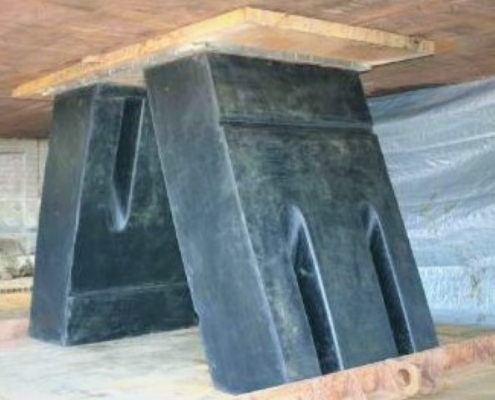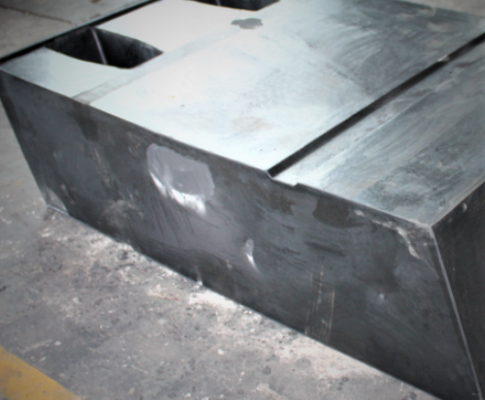Unit Element Dock Fender
The Unit Element Dock Fender is a critical component of any dock system. Designed to absorb the impact of vessels as they approach and depart from a docking facility, this technology serves an important function in promoting safety and preventing damage to both boats and infrastructure.
Whether used in commercial or recreational settings, these fenders are essential for protecting docks and ensuring smooth operations. The construction of the Unit Element Dock Fender varies based on specific requirements and environmental factors. The design must take into account several key factors such as water level fluctuations, tidal variations, vessel sizes, frequency of use, and types of mooring lines employed.
This article will explore the various aspects related to the functionality and application of Unit Element Dock Fenders in different marine environments. Through examining the benefits and challenges associated with their usage, readers can gain insight into how these innovative solutions contribute to safe and efficient docking practices worldwide.
Definition Of Unit Element Dock Fender
Dock fenders are an essential component of a successful and safe docking operation. They help to protect both the dock structure and the vessel from damage during loading, unloading, and mooring procedures.
One type of fender that is commonly used in marine terminals is the unit element dock fender. These types of fenders offer unique design features that make them particularly effective at absorbing impact forces.
Unit element dock fenders consist of individual units or blocks made of a durable rubber material. Each block has its own steel frame which can be bolted together with other blocks to create a continuous barrier along the length of the dock.
This modular design allows for flexibility in installation as well as easy replacement if any part of the fender becomes damaged over time. One key aspect of the design of unit element dock fenders is their ability to absorb energy through deformation.
When a vessel makes contact with the fender, it compresses against the rubber blocks, causing them to deform and absorb some of the shock created by the impact force. As a result, less stress is placed on both the hulls of vessels and the structure of docks, reducing wear and tear on both components over time.
Factors To Consider In Choosing Unit Element Dock Fender
When choosing a unit element dock fender, it is crucial to consider various factors that can affect its performance and durability.
One of the most important aspects to look into is the fender material. The type of material used in making the fender greatly affects its ability to absorb impact from vessels during berthing or mooring operations. Rubber is a common material used for dock fenders due to its excellent shock absorption properties. It can withstand heavy impacts without deforming or losing shape, making it ideal for use in high-traffic docks with large vessels. On the other hand, foam-based materials are also gaining popularity as they offer better energy absorption while being lightweight and cost-effective.
Apart from the fender material, other factors such as water conditions, dock layout and structure, and vessel types should also be taken into account when selecting a unit element dock fender.
By considering all these factors carefully, one can ensure that their chosen fender will provide optimal protection for both the dock and vessels while meeting budget constraints.
Installation Process Of Unit Element Dock Fender
Having considered the factors to consider in choosing unit element dock fender, it is now important to discuss the installation process of these essential structures.
According to recent studies, most accidents that occur at docks are often caused by poor installation and alignment of fenders. This emphasizes the need for proper installation tips.
One key tip when installing unit element dock fender is ensuring that they are properly positioned and aligned on the dock structure. The positioning should be based on factors such as water levels and expected vessel sizes. Additionally, the alignment should be done carefully to ensure maximum protection against collisions.
Another vital tip is fixing the fenders onto the dock securely. This can be achieved using bolts or other suitable fasteners depending on the material used to construct both the fender and dock surface. It’s crucial to follow manufacturer instructions while doing this since improper fixation could lead to detachment of a loose fender, thus rendering it ineffective.
In summary, proper installation tips play an integral role in maximizing the effectiveness of unit element dock fenders. Appropriate positioning and alignment coupled with secure fixation will not only prevent accidents but also prolong their lifespan.
Therefore, it’s imperative that those responsible for installing them adhere strictly to manufacturer guidelines while taking into account all relevant safety considerations during their placement.
Maintenance And Repair Of Unit Element Dock Fender
Unit element dock fender is an important component of marine structures that helps protect vessels from damage during the docking and undocking process. Proper maintenance and repair of unit element dock fender is crucial to ensure its effectiveness in protecting both the vessel and the structure.
One common issue with unit element dock fender is wear and tear, which can lead to cracks or tears in the material. This can compromise the integrity of the fender, making it less effective at absorbing impact forces. In such cases, fender replacement may be necessary. Replacement should only be done by trained professionals using high-quality materials to ensure proper functioning of the new fenders.
Regular inspection, cleaning, and lubrication are also essential for maintaining unit element dock fender. Inspection should be performed periodically to detect any signs of damage or wear before they become more serious issues.
Cleaning involves removing any debris or contaminants that may accumulate on the surface of the fender over time. Lubrication helps prevent corrosion and promotes smooth movement when the fender comes into contact with a vessel.
By following these guidelines for maintenance and repair, unit element dock fender can provide reliable protection for many years to come.
Advantages Of Unit Element Dock Fender
After discussing the maintenance and repair of unit element dock fender, it is important to highlight its advantages.
Unit element dock fender provides an effective solution for protecting docks and vessels from waves and wind. It acts as a barrier between the vessel and the docking area, reducing impact forces that could cause damage.
The applications of unit element dock fender are numerous. They can be used in marinas, ports, harbors, and other waterfronts where there is frequent boat traffic. Additionally, they come in different shapes and sizes to suit various types of boats, including yachts, sailboats, fishing boats, and cruise ships.
Unit element dock fender offers several benefits to users beyond just providing protection. With proper installation and regular maintenance checks, it can increase the lifespan of both the dock and vessels by preventing wear and tear caused by constant impacts.
Moreover, due to their easy installation process and low maintenance requirements, they are cost-effective solutions that save time while ensuring safety on the waterways.
In summary, unit element dock fenders offer versatile applications across different types of watercraft industries such as marinas or ports; not only do they protect against harsh weather conditions but also help extend the life span of both docks and boats alike with minimal maintenance required.
Conclusion
Unit element dock fender is a protective structure installed on docks to prevent damages and collisions caused by ships or boats. It consists of individual units that are connected together to form a continuous barrier along the edge of the dock.
When choosing unit element dock fenders, factors such as water level, boat size, and expected impact force should be considered. The installation process involves positioning each unit at specific intervals along the dock’s edge and securing them with bolts or screws.
Regular maintenance and repair of unit element dock fenders are necessary to ensure their effectiveness in protecting the dock from damage. In conclusion, unit element dock fenders are an essential component for any waterfront facility that requires protection against impacts caused by vessels.
Its advantages include easy installation, low maintenance cost, durability, and flexibility in accommodating different boat sizes.
Kindly contact our sales team to know more about the unit element dock fender and other customized rubber-related products.
Below are some of the actual products and applications.





